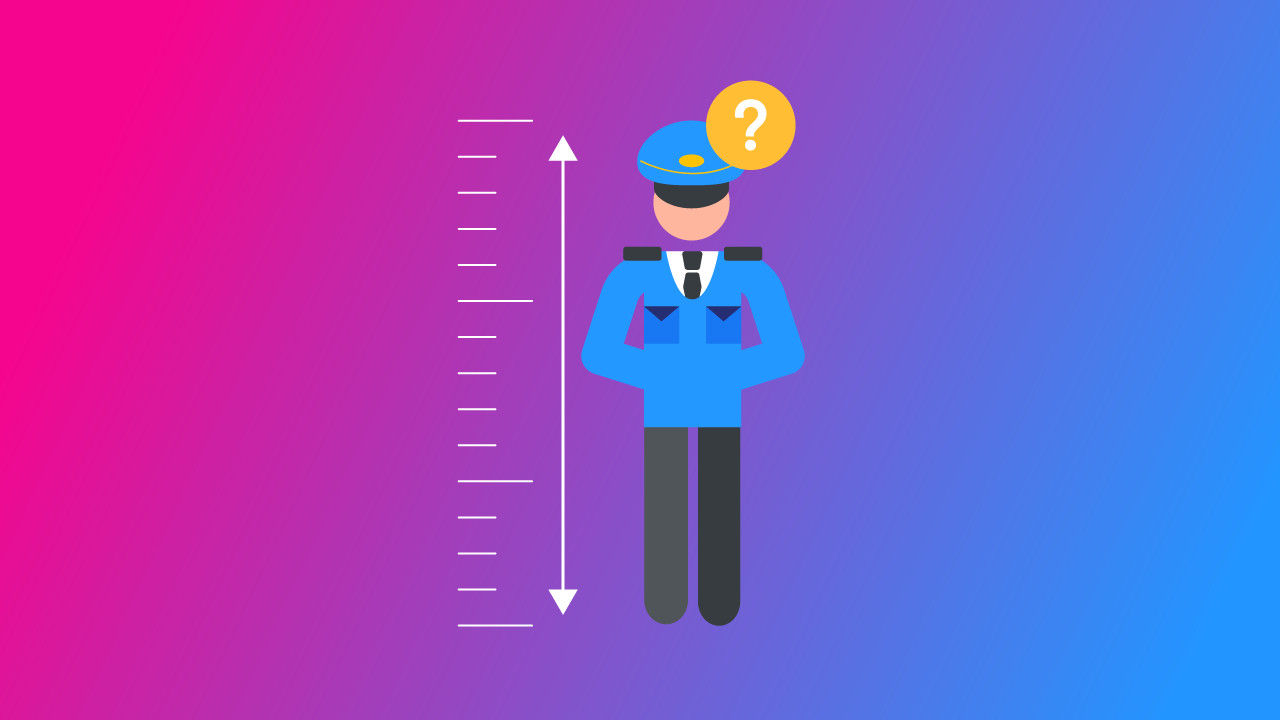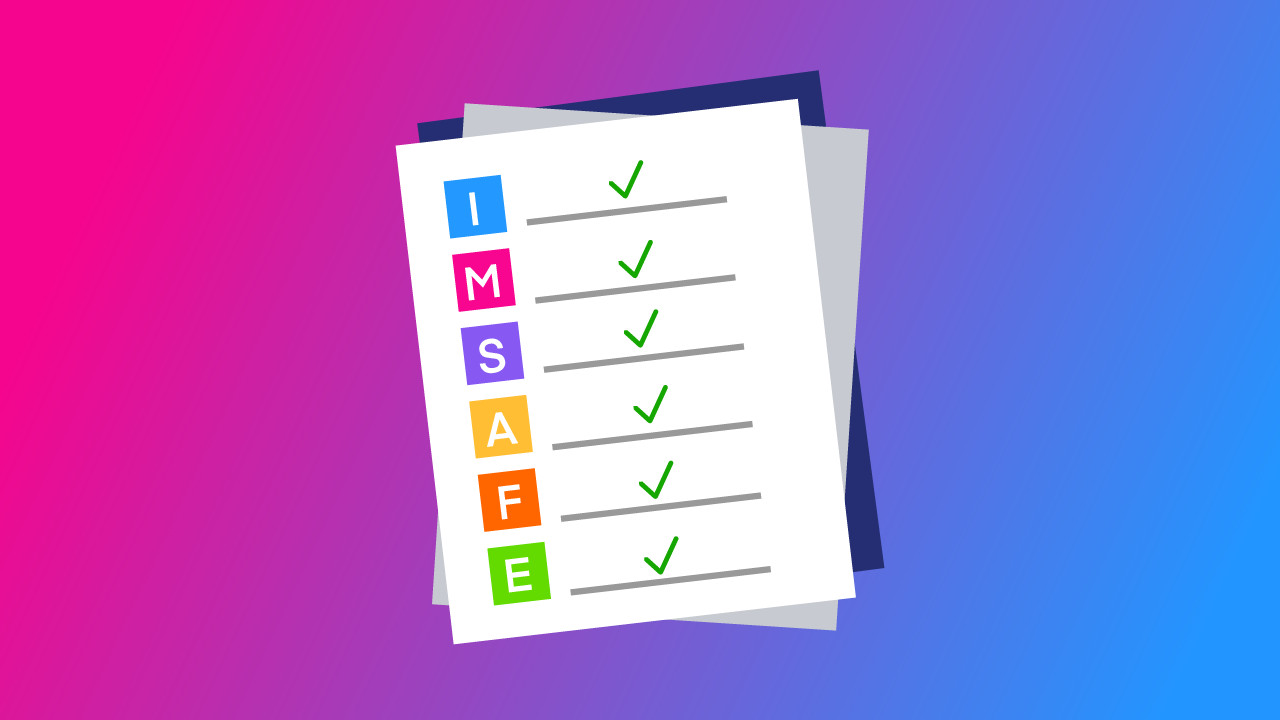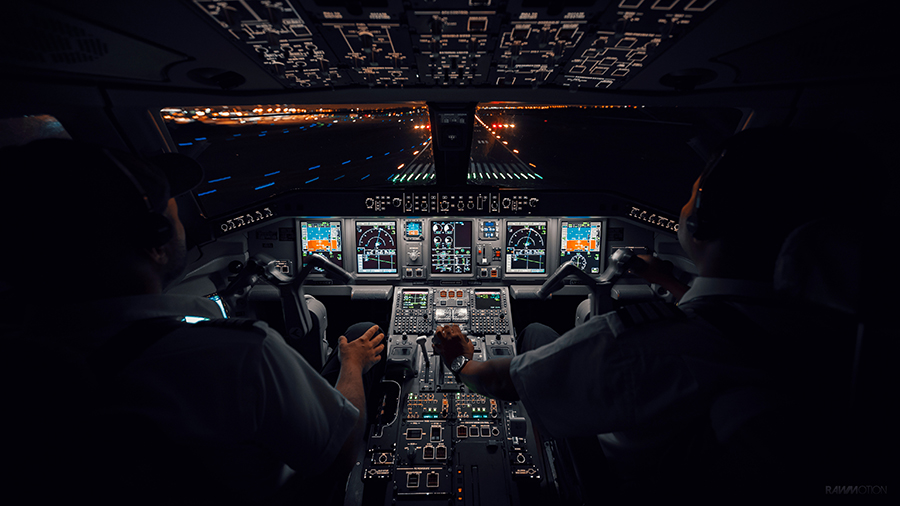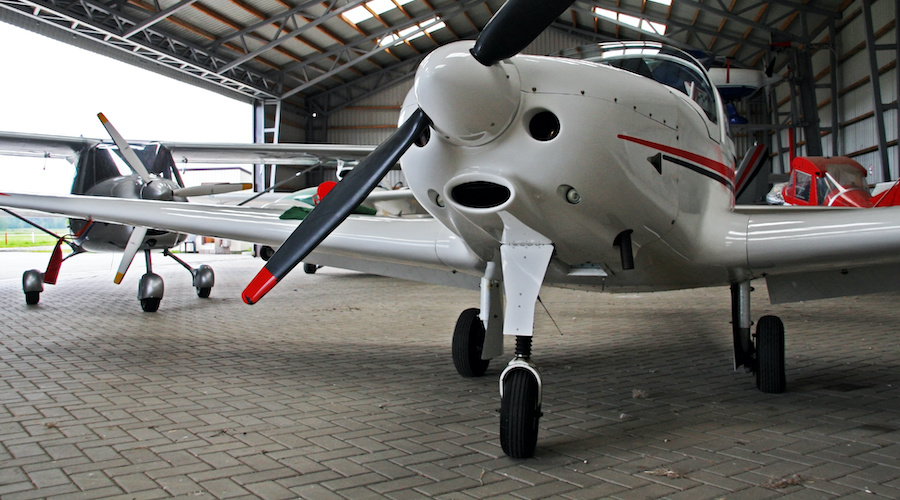-
Key Takeaways
-
Is There a Height Requirement to Be a Pilot?
- Civil Aviation
- Military Aviation
-
Common Myths About Pilot Heights
- Myth: Short People Can’t Be Pilots
- Myth: Being Tall Gives You an Edge in Aviation
- Myth: Military Pilots Must Be Of Average Height
- Myth: Height Restrictions Are Just About the Cockpit Size
- Myth: You Can’t Be Too Tall or Short to Fly
-
Worried About Your Height?
- Flight Schools
- Medical Examiners
- Airlines or Potential Employers
- Aviation Forums and Communities
- Military Recruiters
-
Conclusion
Many aspiring pilots feel discouraged before they even start training, believing that their height disqualifies them from taking to the skies.
This misconception can shatter dreams and rob the aviation world of potential top-notch pilots.
Here’s the truth.
There is no specific height requirement or limit in the civil aviation industry. Military aviation does have height requirements, but they vary based on the aircraft and service.
In this article, we’ll debunk the myths surrounding pilot heights in civil and military aviation.
Key Takeaways
- No FAA height limit – Civilian pilots just need to operate the aircraft safely.
- Airline rules vary – Most commercial aircraft fit a wide range of heights.
- Military allows waivers – Height isn’t always a barrier with exceptions in place.
- Height myths persist – Skill matters more than height in aviation.
Is There a Height Requirement to Be a Pilot?
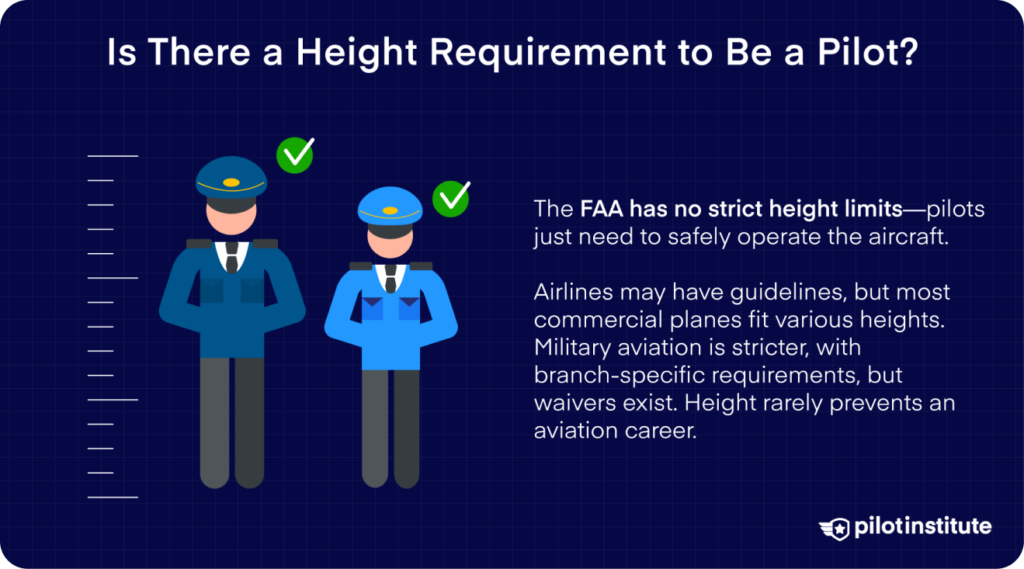
The Federal Aviation Administration (FAA) doesn’t set a specific height requirement for pilots. Instead, they place emphasis on an individual’s ability to safely operate the aircraft.
Certain airlines might have their own height guidelines, but most commercial aircraft can accommodate a wide range of heights.
Military aviation is more stringent. Each branch of the US military has its own height specifications based on aircraft design and safety factors.
Despite these requirements, exceptions and waivers exist, making height an unlikely barrier to a career in aviation.
Civil Aviation
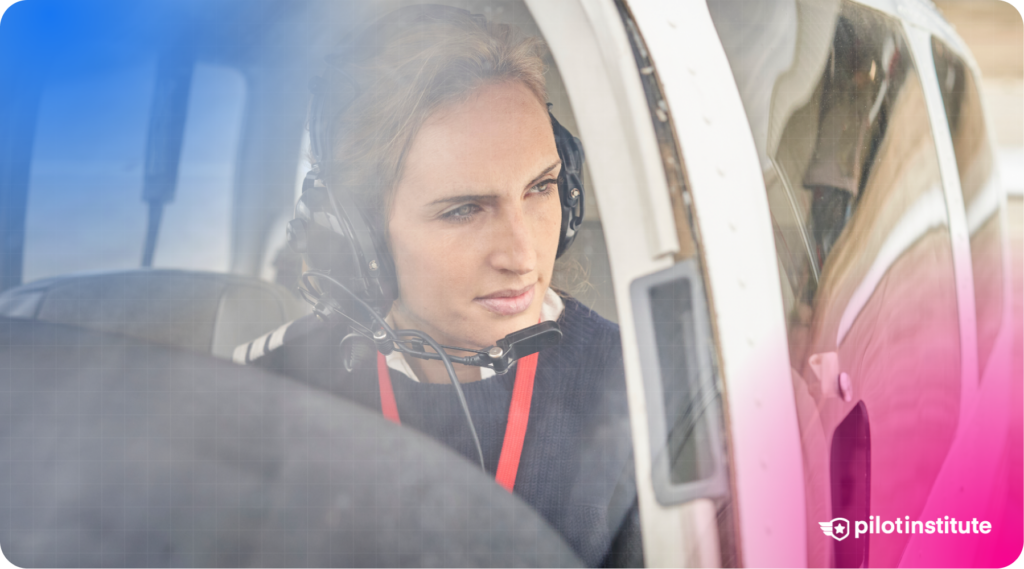
The Federal Aviation Administration (FAA) doesn’t set height requirements for pilots.
Instead, the focus is on the individual’s ability to safely operate the aircraft. This includes reaching and manipulating all controls, having a clear line of sight outside the aircraft, and being able to read and interpret all instruments.
Aircraft, especially smaller general aviation airplanes, come in various sizes and cockpit configurations. If a particular aircraft doesn’t suit your stature, there’s often another type that will.
Certain airlines might have their own height requirements for pilots, especially for specific aircraft types in their fleet. But even these are typically within a broad range, as most commercial aircraft can accommodate a wide range of heights.
Military Aviation

The military is more specific when it comes to height requirements – but for good reasons.
The design of military aircraft, particularly fighter jets, is more restrictive. Ejection seats, for example, have height (and weight) limits to ensure safe ejection in emergencies.
Each branch of the US military has its own set of requirements.
Air Force Pilot Height Requirements
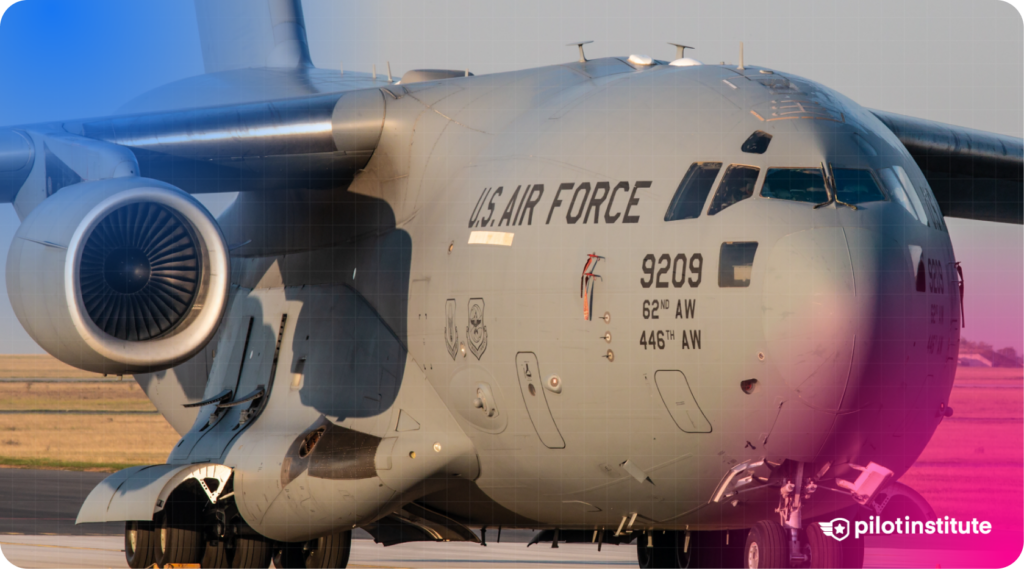
Since 2020, the Air Force has used a more detailed method of screening candidates called anthropometrics.
Anthropometrics takes several factors into consideration, in addition to height, to assess a candidate’s suitability for certain aircraft.
Specific aircraft in the Air Force will have more restrictive height requirements, but according to Maj. Gen. Craig Wills, former 19th Air Force commander, “The majority of our aircraft can accommodate pilots from across the height spectrum.”
The previous height requirements to become an Air Force Pilot were a minimum standing height of 5’4” and a maximum of 6’5”, as well as a sitting height of 34 inches minimum and 40 inches maximum.
But in 2019, Maj. Gen. Wills also stated that “The vast majority of the folks who are below 5’4” and have applied for a waiver in the past five years have been approved.”
Navy Pilot Height Requirements

The Navy also uses anthropometrics for its screening process.
The Navy takes factors such as functional reach and leg length, in addition to height, into account when screening candidates based on physical standards.
Before implementing this system, the Navy used traditional height requirements of at least 5’2” and no more than 6’5”.
The Navy’s anthropometric screening process is detailed in NAVAIRINST-3710.9C.
Army Pilot Height Requirements
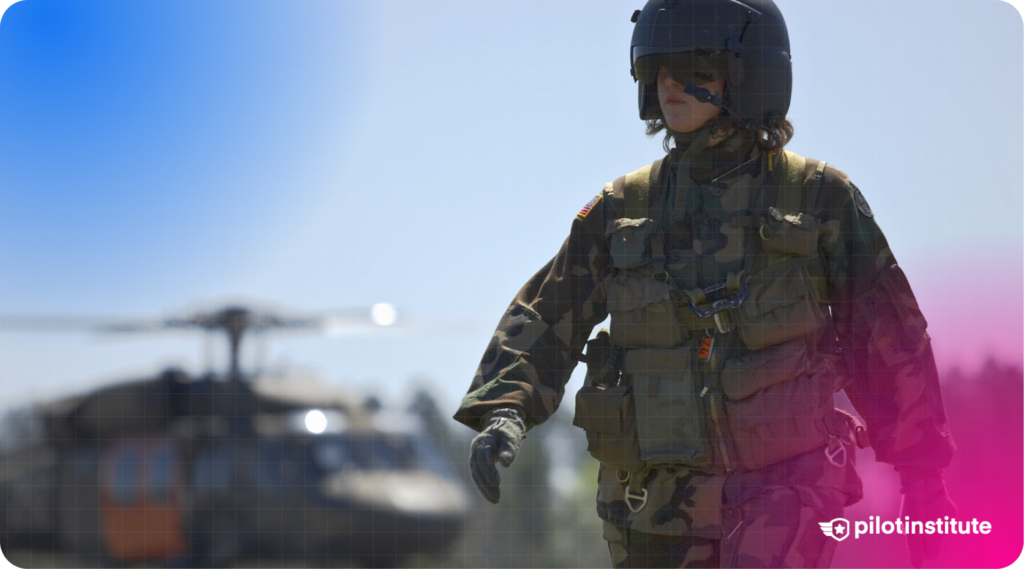
The Army requires a sitting height equal to or less than 40.2 inches (102 cm) and a crotch height equal to or greater than 29.6 inches (75 cm) for their aviation candidates.
Additionally, they require a total arm reach equal to or greater than 64.6 inches (164 cm).
The Army’s medical fitness standards related to flying duty are found in Army Regulation 40-501 under 4-31.
Waivers and Exceptions
It’s worth noting that even within the military, there are waivers and exceptions.
If a candidate falls outside the standard height range but meets other crucial criteria, they will likely be able to obtain a waiver.
Common Myths About Pilot Heights
In the realm of aviation, myths often fly as high as the aircraft themselves. Height requirements for pilots are no exception.
Here’s a breakdown of some widely believed misconceptions.
Myth: Short People Can’t Be Pilots
You do not need to tower above others to comfortably reach and handle an aircraft’s controls.
While it’s crucial to access all controls and have a clear line of sight, many aircraft are designed to accommodate a broad range of statures.
Various tools, like pilot seat cushions, also aid pilots of shorter heights.
Myth: Being Tall Gives You an Edge in Aviation
Taller pilots are not automatically better suited for the job and are not preferred by airlines.
Skills, experience, and training are more relevant in hiring decisions.
Myth: Military Pilots Must Be Of Average Height
There’s no ‘perfect’ height for military pilots, even for those flying fighter jets.
The military does have specific height requirements, but they are relatively broad.
Waivers and exceptions can also be made for candidates outside the standard range.
Myth: Height Restrictions Are Just About the Cockpit Size
The cockpit dimensions are not the sole reason for height requirements.
While cockpit size plays a role, other factors like safety (especially concerning ejection seats in military aircraft) and the ability to control the plane effectively also influence height guidelines.
For example, someone may be able to fit in a cockpit but unable to move the control column or joystick through its full range of motion.
Myth: You Can’t Be Too Tall or Short to Fly
Extremely tall or short individuals might face challenges fitting comfortably in certain cockpits or military aircraft.
In civilian aviation, however, there are no restrictions on height, and you only need to demonstrate that you can operate an aircraft safely.
If you are exceptionally tall or short, you may not be able to fly certain aircraft – but you will be able to fly most.
Worried About Your Height?
If you’re worried about your height, don’t rely on hearsay and myths; Seek clarity from the right sources.
Here are a few reputable sources that will be able to give you insight into your situation.
Flight Schools
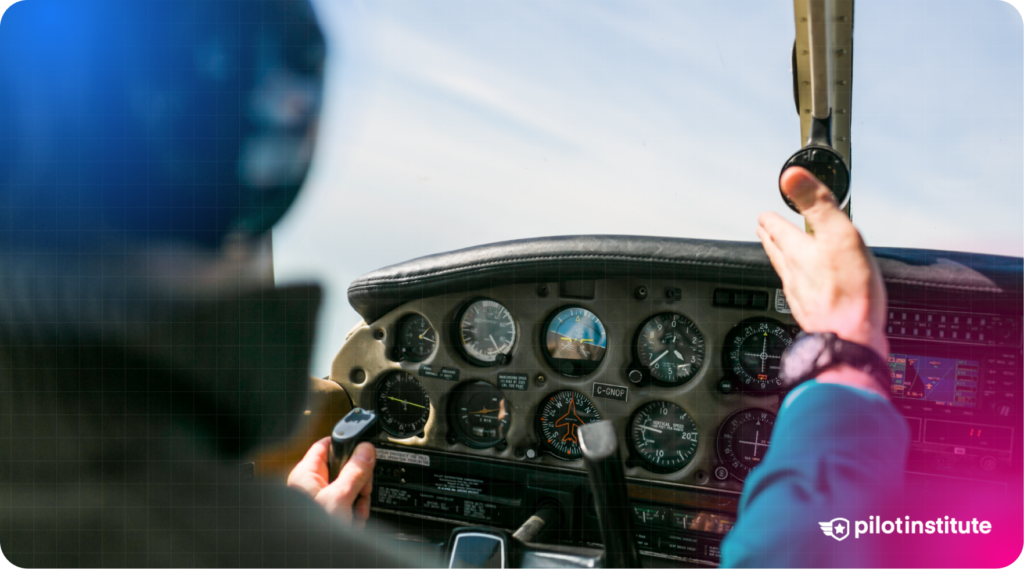
Before enrolling, discuss your height concerns with your chosen flight school.
Instructors have encountered a diverse range of students and can provide firsthand insights.
They’ll also allow you to sit in various aircraft to gauge your comfort and fit.
Medical Examiners
Schedule an appointment with an Aviation Medical Examiner (AME).
They’re not only there to conduct the required FAA medical examinations but also to address concerns like height.
An AME can provide advice on potential challenges and how to overcome them.
Airlines or Potential Employers
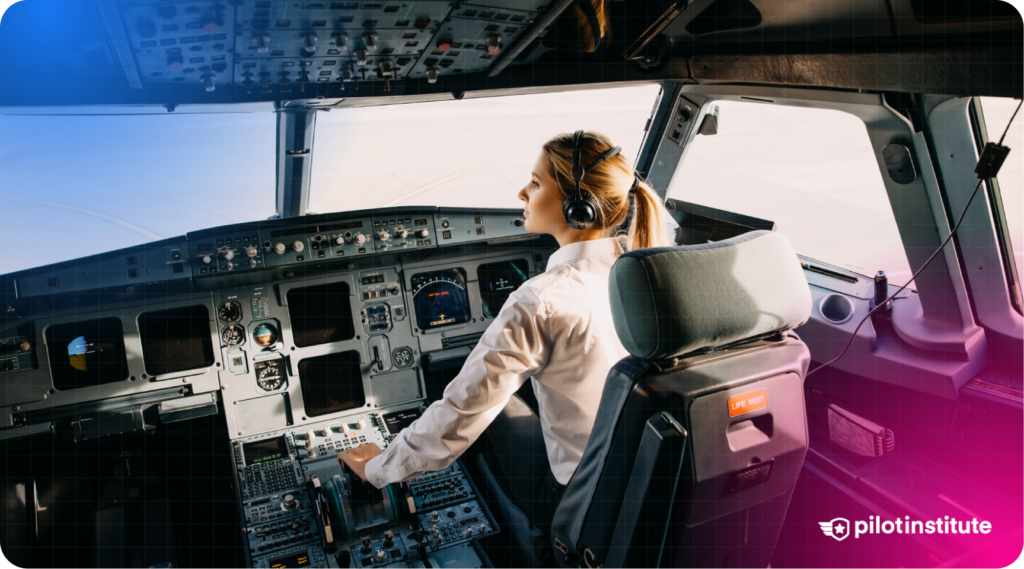
If you’re eyeing a particular airline or aviation job, reach out to their recruitment or HR teams.
They can provide specific height requirements, if any, and guide you on what’s essential for their fleet or operations.
Aviation Forums and Communities
The aviation community is vast and supportive.
Platforms like AOPA or Pilots of America can connect you with experienced pilots who’ve tackled similar concerns.
Their real-world experiences can offer a more nuanced perspective.
Military Recruiters
If you’re considering a military aviation career, speak with a recruiter from the specific branch you’re interested in.
They’ll provide the necessary height requirements and inform you about waivers and exceptions.
Make sure the recruiter provides you with concrete information confirming that your height won’t be an issue for the type of flying you’d like to do.
Conclusion
Remember, the aviation world is vast.
Even if one avenue seems challenging due to your height, several other opportunities await. It’s all about finding the right fit, literally and figuratively.
So, before shelving your aviation dreams, explore, ask, and gather all the information you can.
Your runway to success might just be a few informed steps away.
